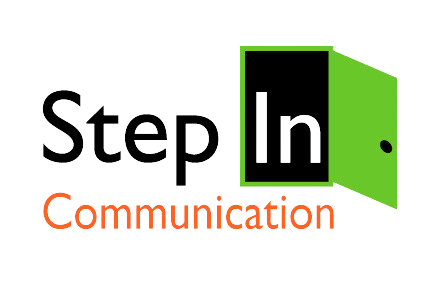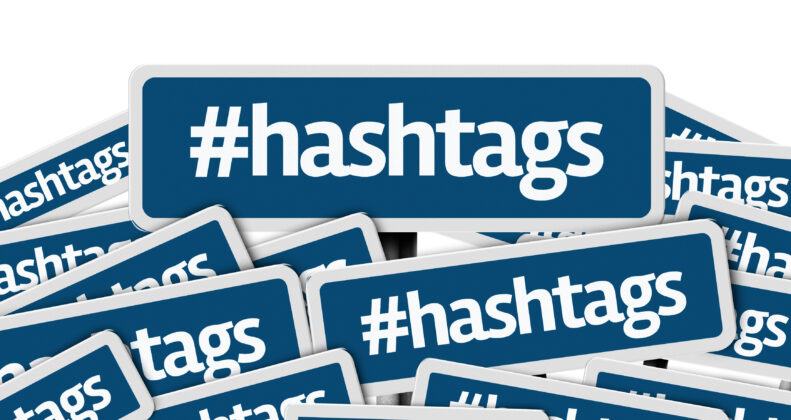If you’ve ever managed a Facebook Page or Group for a client, you know how frustrating and painful the platform can be. Between evolving interface changes and random technical glitches, just keeping things running smoothly can feel like a full-time job. We’ve seen it all: Account access issues that block clients from logging in, finding […]
As the calendar turns a page each year, a lot of marketing leaders identify trends which are either emerging or already arrived. Social and digital media are no different. Our team looks at these each year and then evaluates them against the needs of our current clients. We studied a number of trend posts in […]
The short answer to this is NO. But the long answer is that it WAS difficult to find online. Here’s a story about my journey to avoid cooking this Thanksgiving and to patronize a local business to enjoy a beautiful Thanksgiving meal. And it’s a cautionary tale for small businesses this holiday season on sales […]
Earlier this year, Facebook announced that some of their page level metrics were being deprecated (which happened about 30 days later in April). Maybe you saw your engagements go the same direction as this chart from one of our clients. At the time, it looked like it was just “reactions” (formerly called likes) that were […]
How often should I post on social media? We get this question all the time and the answer is different for each brand we work with. Travel and hospitality brands feel compelled to post every day to keep their destination or location in the mind of consumers who are planning their travel. Nonprofits feel the […]
The short answer is yes, the long answer is more nuanced, with some warnings and explanations below. Hashtag generators are a quick timesaver to get an initial list for research. In short you can use them to get a list of hashtags to research yourself and also check against the most recent banned hashtag list […]
What is a Content Ladder? A content ladder is our way of thinking about building expertise around a topic or content theme. We use them formally and informally with a lot of our clients to take advantage of the repetitive nature of social media and to increase the shelf life of certain types of content. […]
What is a Hashtag? First off, hashtags are words and numbers following the # symbol that categorize and track content on social media. They are used across multiple platforms so we will discuss the importance and role on each. Hashtags can be words, sayings, holidays with years and locations. Branded Hashtags A branded hashtag is […]










How To Handle Negative and Irrelevant Comments on Facebook
Should you ever hide Facebook comments? When you are managing Facebook pages, it is likely you will have to answer this question. In the process of managing Facebook pages for numerous organizations, we’ve had to take action a number of times. Some comments should be ignored. Some comments deserve a response. Others should be hidden […]